by Jennifer Larson
Berger, Sidney E. 2023. The Dictionary of the Book: A Glossary for Book Collectors, Booksellers, Librarians, and Others. Second Edition. Lanham MD: Rowman and Littlefield.
Do you know what a quaternion is? A chronogram? The study of filigranology? Do you know what distinguishes lithographic from intaglio printing? The difference between unopened and uncut? If the answer to any of these questions is no, you stand in need of Berger’s Dictionary of the Book. While not as comprehensive in historical or biographical coverage as the two-volume Oxford Companion to the Book, the DTB is an indispensable quick reference for collectors, and much less expensive than the OCB. It covers booksellers’ and auctioneers’ terminology (HAMMER PRICE, SHAKEN, ILAB), typography (SWASH, CIVILITÉ, POINT), printing (PUNCH, INKBALLS, VANDERCOOK), papermaking (CHAIN LINES, DECKLE, FOOLSCAP), binding (SADDLE STITCHING, GAUFFERED, CATHEDRAL BINDING), the library and bibliographic professions (OCLC, RBMS, LILLY LIBRARY), publishing (EDITION, GALLEY PROOFS, PRIVILEGE LEAF), and much more.

According to Berger, a book review (see REVIEWS) “should ultimately give a summary of the contents of the item under review and a fair judgment of the work’s quality…” Also, he writes, too many reviews “damn with no praise when some praise is due, praise only when some criticism is in order, or do not praise or condemn at all, just recount content.” In order to review this book, I read it from cover to cover (AACR to ZOOMORPHIC BORDERS) over a period of eight weeks. In what follows I shall list what I hope are fair criticisms, without losing sight of the pure pleasure the DTB gave me in the reading, and my expectation that I will return to it often.
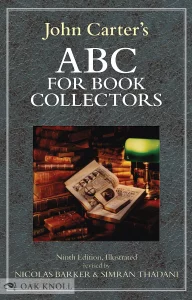
Berger has an almost Oedipal relationship with John Carter, author of ABC for Book Collectors (Rupert Hart-Davis, 1952), twice revised by Nicholas Barker and now in its 9th edition, revised by Simran Thadani. On the one hand, numerous entries in DTB are indebted to Carter. Berger regularly describes what Carter has to say (he is unable to quote extensively because of copyright restrictions), then agrees, disagrees, and/or qualifies. He offers silent homage to Carter when he includes, under BLANK, a startlingly empty page with the note “If it were not for the key word, the headline with the page number, and the present sentence, this would be a blank page.” On the other hand, he is almost gleeful when he catches Carter/Barker/Thadani in an error. This most often happens in the areas of handpress printing and papermaking, processes of which Berger has direct and extensive experience. An excerpt from the entry for WIRE LINES is typical: “Carter’s wording is strange, for he says that wire lines are ‘made by the wire mesh in the bottom of the frame.’ To begin with, there is no ‘mesh,’ which one sees in the production of WOVE PAPER…And Carter’s incorrect ‘frame’ should have been ‘mold.’” He goes on to gloat, “One aim of the present Dictionary is to have people understand and use the proper vocabulary. Carter should have waited until this book came along.” He is even more censorious when assessing the 9th edition of the ABC, opining that “Thadani tried her best, but as I said, she was clearly not up to the task,” and “If the idea of doing a new edition is to bring it up to date, to fix mistakes and to add valuable information where it belongs, the new editor has not done her job.” But surely there is no need to compete with Carter or his revisers. The DTB stands on its own as quite a different kind of book, a comprehensive reference work rather than a VADE MECUM for book collectors to help them decipher booksellers’ catalogs. Therefore, when the time comes for the third edition of DTB, I hope to see less Berger-Carter psychodrama and more of Berger’s lucid and accessible explanations of bookish terms.
That said, the unavoidable overlap between Carter and DTB when it comes to basic collecting terminology means that comparisons are inevitable, and often entertaining. In his introduction to the 7th edition of ABC for Book Collectors (1995, Oak Knoll Press), Barker wrote that Carter treats his subject “with individuality and authority.” The same can be said of Berger, yet their styles are completely different. Where Carter is donnish, magisterial, and dryly witty, Berger is homespun, direct and amusing. Where Carter occasionally strays into high-handed contempt (of what he calls THE CHRONOLOGICAL OBSESSION, an excessive concern with first editions and priority, he writes “all extremes are a bore”), Berger tends toward the irascible and curmudgeonly. (Under JUDGE A BOOK BY ITS COVER, he complains, “How many times do we need to see this cliché? It’s not cute anymore. I would have no qualms if I never saw it again.” Yet by including it in the DTB, he ensured that I will see it every time I turn to the letter J.) In fact, Berger’s style strikes me as a deliberate response to Carter’s formality and traditionalism. Their two entries on COURTESY BOOKS form Exhibit A:
Carter (7th edition): “This class of books has been defined as follows by one of its chief proponents: ‘Manuals setting forth rules and standards for the education, and instruction in polite and correct behaviour, of a Gentleman, based originally on the teaching in the Italian princely academies, and gaining an increasingly wide acceptance and popularity in the 17th and 18th centuries (Prototype: Castiglione’s Il Cortegiano, 1528).’”
Berger: “From time immemorial, some people have been boors. They needed to be shown some manners, and, necessity being the source of invention, books were created to show them the error of their ways. (I have always believed, Once a boor, always a boor; and such people would not take kindly to being told, ‘You’re being an ass; read this book and it will help you to be a better person.’) The earliest such book is possibly that of the ancient Egyptian 12th Dynasty (1938-c. 1756 BCE) volume The Teachings of Ptahhotep…” [Berger goes on to mention Medieval guides to conduct, including those aimed at women, Castiglione’s Il Cortegiano, and Emily Post, with citations.]
Berger’s entry at first sounds like a lecture by a college professor who has wandered into stream-of-consciousness territory, but then it usefully updates Carter’s entry by noting the relevance of courtesy books in broader historical contexts than the Renaissance, and among groups of people other than “Gentlemen” of the early modern period. In the DTB, Berger randomly uses either “he” or “she” when giving examples—a welcome change from Carter’s constant assumption that both seller and collector are male—but he still resists the singular, gender-neutral they/them (already ubiquitous on my college campus).
Numerous entries reflect Berger’s personal experiences and sense of humor. On AMERICAN TYPE FOUNDERS, the late supplier of printing types to professionals and hobbyists, he writes, “I followed the demise of ATF, right down to the auction, which caused many a grown man to cry.” Under UNINSTITUTIONALIZED, an adjective describing rare books still obtainable on the market, he remarks, “It is good to know that this word refers to books, not to collectors.” And regarding book auctions, he notes that Sotheby’s increased its buyer’s fees five times between 2015 and 2020, with the most recent hike a so-called “overhead premium,” bringing the total for US buyers to 26%: “My own term for this added 1 percent is ‘Premium Creep,’ referring partly to the slight increase, and partly to the person who thought it up.” If some of the humor verges on dad jokes, other instances made me smile and re-read them just for the fun of it. Against all would-be BIBLIOKLEPTS, Berger offers the following epic CURSE: “If you steal this book may you suffer rabies; have harpies screech in your ears forever; have your eyes pecked out by ravens in perpetuity; suffer stomach cramps so severe that you can’t stand up; have worms eat your entrails; have bill collectors knock on your door 24 hours a day; have to listen to your most hated TV station round the clock; and learn that the book you crave that has eluded you for decades has just been sold to another buyer.”
In keeping with this candid and humorous approach, Berger often explodes the pretensions and status markers of the bibliophilic world: “The printer is referred to by those in the know as “Aldus” and by those out of the know as “Manutius.” “Use of the French phrase [MISE-EN-PAGE] has the same impact as does ‘POCHOIR’: it gives the user a sense of intelligence and worldliness, and therefore authority, where the English equivalents lack such sophistication.” “Those who call themselves bibliognosts should be relegated to the same cell into which ANTHROPOMORPHIC BIBLIOPEGISTS are detained.”
This volume offers valuable information for collectors that is otherwise not easily available. For example, under the heading ABBREVIATIONS is a list much expanded from Carter, including foreign language abbreviations found in older booksellers’ catalogs (s.a. = sine anno, “without a date”; H.C. = hors de commerce, “not for sale”). For those interested in paper, Berger includes numerous terms relating to Japanese papermaking techniques (CHIYOGAMI, KATAZOME), plus an appendix listing all the paper terms for quick reference. There are similar appendices for paper sizes, bookbinding terms, typeface terms, and bibliophilic societies.
For those who enjoy browsing, DTB offers a trove of bibliophilic lore: Baskerville’s Virgil was printed partly on laid paper and partly on wove paper, marking the invention of the latter. BOOKKEEPER is “probably the only word in English with three sets of double letters in a row.” There is such a thing as an “alphabetic sentence,” used in COPYBOOKS for penmanship practice: “Pack my box with five dozen liquor jugs.” In volumes with pagination, “almost always the page numbers of the versos are even numbered; the page numbers of the rectos are odd numbered.” HUNTER, DARD is one of the few people ever to have made books from scratch: designed his own font, cut the punches, cast the type, made the paper, wrote the texts, printed them, and bound some copies. (This observation reminded me what a miracle of technology a book is.)
As with Carter’s ABC, one also gleans good advice from DTB. For bookish writings, avoid APA style because it omits first names in favor of initials. Do not waste time on BUYER’S REMORSE, as the feeling produces only self-recrimination, and remorse will eventually fade to a more neutral feeling or even one of contentment. Much worse is PROCRASTINATOR’S NIGHTMARE, to be avoided at all costs. Assume that a bookseller has good reasons for the asking price and then accept or decline rather than attempting to haggle. (I would qualify this for large-quantity purchases and other special situations, but the general precept is sound.)
Like any opinionated reader, I have some quibbles. Berger cross-references SELF-PUBLISHING with VANITY PUBLISHING/VANITY PRESS, making the latter the main entry. But he defines vanity publishing as publishing “paid for by the author.” Most self-published books today are PRINT ON DEMAND and do not require an investment from the author; furthermore, they are not published by the company printing them, but by the author. The two entries should therefore be distinct. Another thought: if Berger’s definition of vanity publishing holds, what is the distinction between self-published books and books that are PRIVATELY PRINTED? Presumably it is only the quality of the materials and craftsmanship.
Under TORTOISE SHELL BINDING, Berger simply quotes from the online version of Roberts and Etherington’s Bookbinding and the Conservation of books: A Dictionary of Descriptive Terminology: “A 17th century technique which used tortoise shell to decorate the covers of a book. Additional decoration sometimes consisted simply of a border of silver corners and clasps, but more often included inlays of silver and mother of pearl.” But it is important for today’s reader to know that the main source of “tortoise shell” was and remains the hawksbill sea turtle, an endangered animal, and that the import of objects made of tortoise shell is currently banned by the United States.
Finally, Berger’s coverage of bookseller’s catalog terms is excellent, but I missed two items in particular, which I had been looking forward to reading about. The first is “sympathetic,” as in “a truly sympathetic period-style binding” or “a sympathetic return to blind tooling for the rebinding of early books.” The second is “tender,” as in “shaken with tender hinges” or “rear joint is starting but firm with the hinge tender.”
I started the task of writing this review with a strong attachment to Carter, whose Taste and Technique in Book Collecting is one of my favorite books about books. But having minutely compared ABC and DTB, I am convinced that Berger provides an essential service to book-lovers with this much-expanded reference. Read Carter for his opinions, style and taste, but read Berger for a fuller understanding of the book and paper arts, the professional worlds of librarianship and bookselling, and the expansive, more inclusive world of book collecting today.
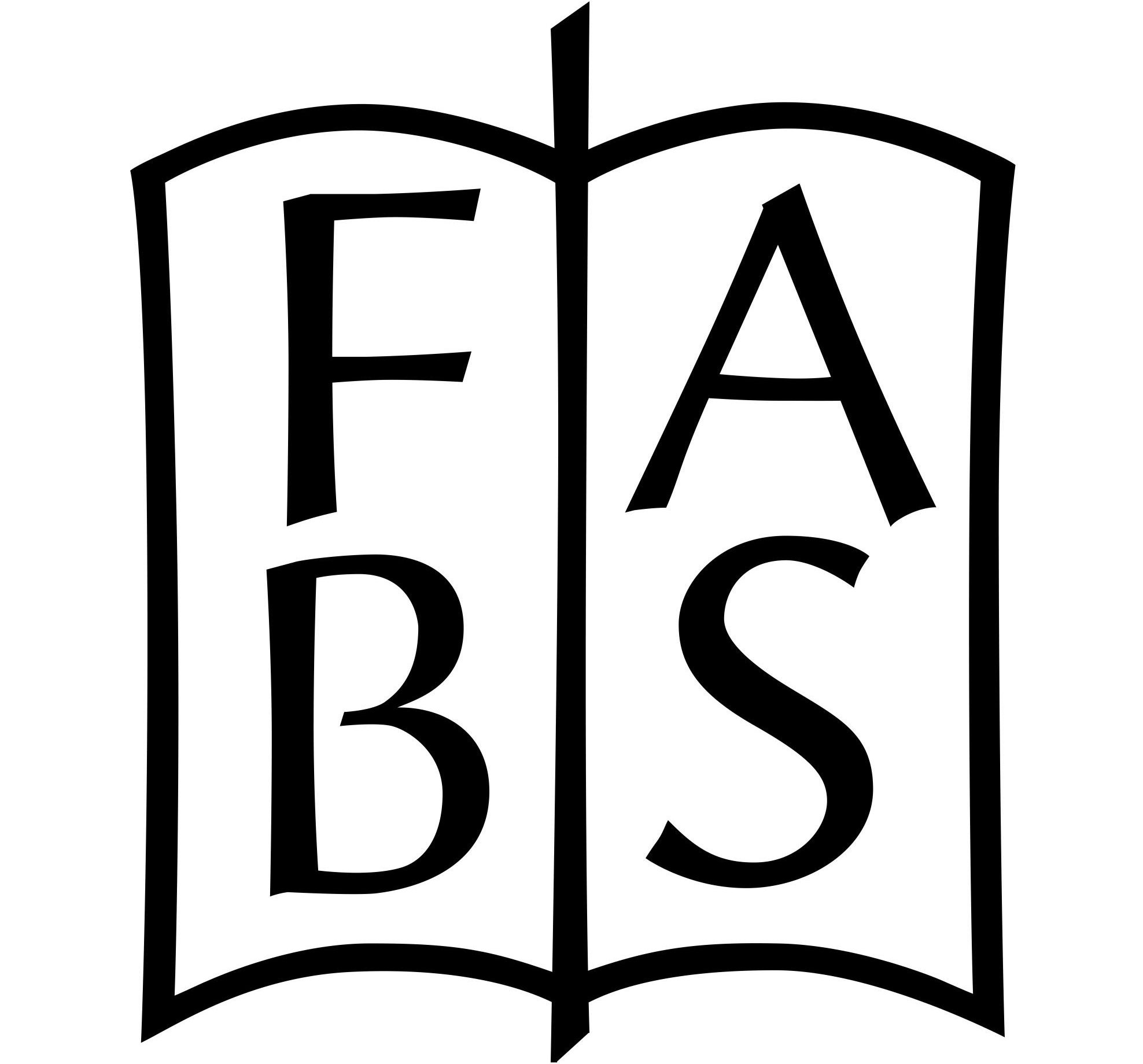

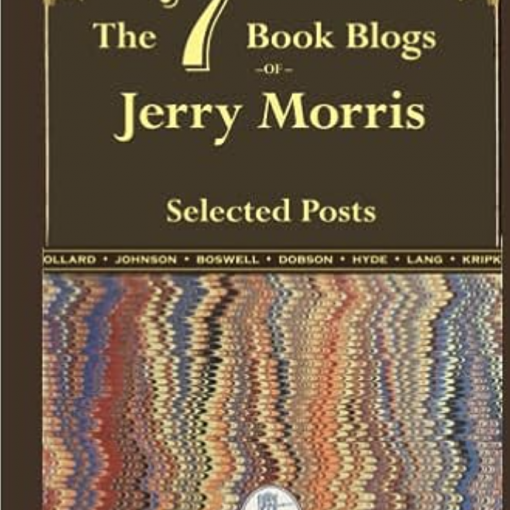
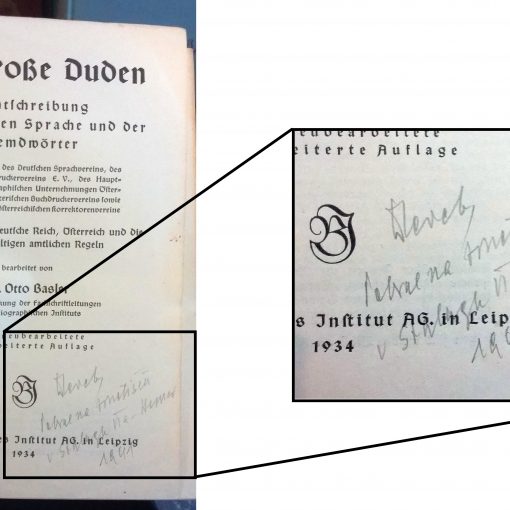
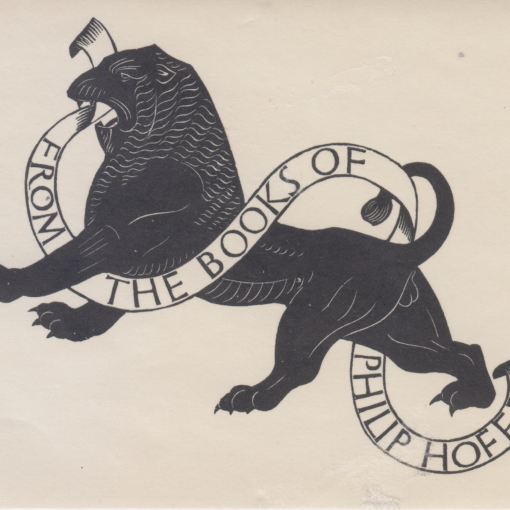
6 thoughts on “Bookish Lexicography for All”
Thank you for your review. Genuine question: how can this work be “bookish lexicography for all” when the least expensive option, the e-book, is over $120? This is the main reason I don’t recommend the book to others, and when I saw your headline, I was hoping that meant the price had changed. As long as it’s stuck in the academic publishing marketplace, I can’t imagine it will surpass in practical use Carter’s work — which someone new to the field (and especially new collectors) can purchase for a fraction of the price. As you say, Carter is perhaps still the best available VADE MECUM for use outside of the institutional settings at which the price of Berger’s book is aimed.
Great comment, Rebecca. It seems that the tradeoff for expanding the book so much is that it becomes more expensive. I would expect most public and institutional libraries to buy this and I don’t know of any substantial reference works that are truly affordable unless they’ve gone out of copyright. So perhaps the solution is to stick with a more portable and affordable book like Carter, but continue to work on inclusivity and coverage. Unfortunately this will dilute Carter’s authorial voice (and will also swell the size of that book). But I can only agree with the view that lower prices on reference works would increase accessibility!
An excellent, informative review by Jennifer Larson;
and so very thorough that it’s completely stolen my
thunder. I had thought of reviewing Berger’s “Dictionary”
for the Florida Bibliophile Society’s newsletter, edited by
the talented Charles M. Brown (Gainesville, FL). But
nothing lost here, I’ll alert the Florida bibliophiles to
Berger’s book and Larson’s useful assessment.
In the spirit,
Maureen E. Mulvihill,
Collector. Sarasota, FL
(Brooklyn, 1982-2012)
_____
Maureen, thank you for your kind comments. I am glad that you liked the review but hope you’ll write a review also for the excellent FBS newsletter!
Back to you, Jennifer:
Well, I’ll see if I can work it in, and kind of you to reply,
but not too likely, as I’ve decided to give priority this
summer to a few woefully late deadlines. Yet I’ll surely
urge Charles Brown to include, say, an attractive, framed
notice on Berger’s “Dictionary” in an upcoming issue.
(He & I often collaborate on newsletter content: he
really has all the magics!) Shall also mention this to my
close neighbor in Sarasota, Gary Simons (Secretary,
Florida Bibliophile Society / Secretary, FABS), another
capable colleague. We’re sure to get something
underway. Carrying on,
MEM / Vice President,
Florida Bibliophile Society, 2012-2015.
_____
Ah yes I know Gary well, a huge asset to FABS! All the best,
Jennifer